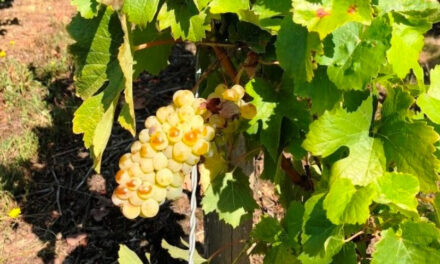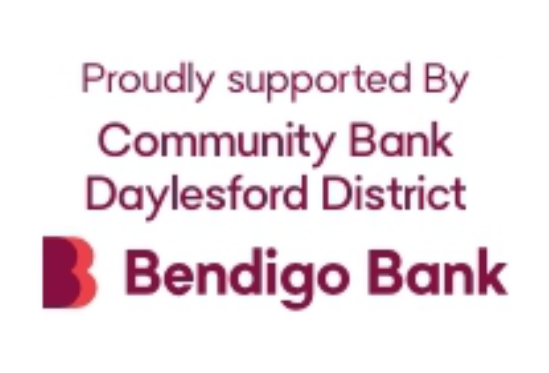Indre Kisonas
A weed is a plant whose virtue has not yet been recognised.
Cannabis has long been called a weed, yet if a catastrophe occurred and the only plant left on the planet was cannabis, we could still build great houses, make strong durable rope and weave a breathable fabric. Hemp fabric is four times stronger than cotton, does not distort when washed and is bacteria resistant. We can use cannabis as a medicine as well as eat it as a superfood. Being rich in dietary fibre, Vitamin A, B6, B12, E and antioxidants, it is good for heart and brain function.
Hemp and cannabis are the same plant species. Hemp contains less than 0.3% of the cannabinoid THC and is grown for industrial purposes. Hemp hurd (or shives) is the waste material of the hemp stalk which is cut finely to mix with lime and water to make a wonderfully strong building material called Hempcrete.

Beautiful texture and colour is a feature of Hempcrete. (Photo: Daniel Prochazka)
Recently I took an opportunity to volunteer on a Hempcrete build in nearby Muckleford. Hempcrete is the new/ old sustainable super building material. Through out the ages people have been binding straw, sand, stone with hydrated lime for building and sealing. Hemp hurd chemically reacts with the lime to set solid, light and durable. With its natural resistance to fire and mould, natural insulation and breathability properties, Hempcrete buildings are perfect for fire and earthquake prone areas, hot, cold or damp conditions. Despite hemp being fast growing like bamboo, it is embodied with CO2 which it keeps through its life cycle, acting as a carbon sink. With great thermal properties and acoustic dampening, it will save on heating and cooling costs.
I am in love with this product, and I am watching, as an ever growing environmentally aware community embraces this building material. Since our country has long banned the growing of hemp or cannabis, this building industry is in a fledgling stage. They rely on a few Australian growers for their non-standardised bags of hurd but require the importation of mixers and tools from countries that have long embraced this material. They have established standards, preformed bricks and blocks. In Australia the tampering of hempcrete to make walls is a very labour-intensive process.
When councils get progressive with their building regulations to realise that our climate and changing weather conditions require insulating, sustainable and durable products, permits will become easier to procure. Loans for Hempcrete builds will become easier to obtain and the industry will grow to offer preformed building items.
I am watching and learning, as I too wish to live in a solid, constant temperature regulating, quiet, beautifully textured, sustainable home.
Indre Kisonas is a Daylesford resident and the owner and principal designer of iok design. She specialises in colour & interior design.
indre@iokdesign.com.au
This is the first of a series of regular columns on design by Indre Kisonas.











